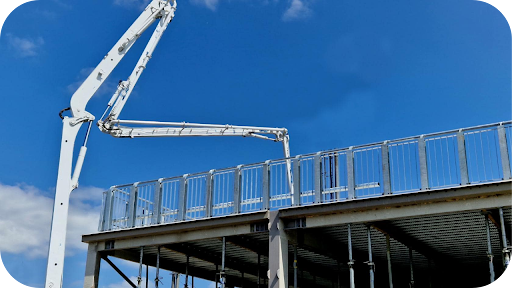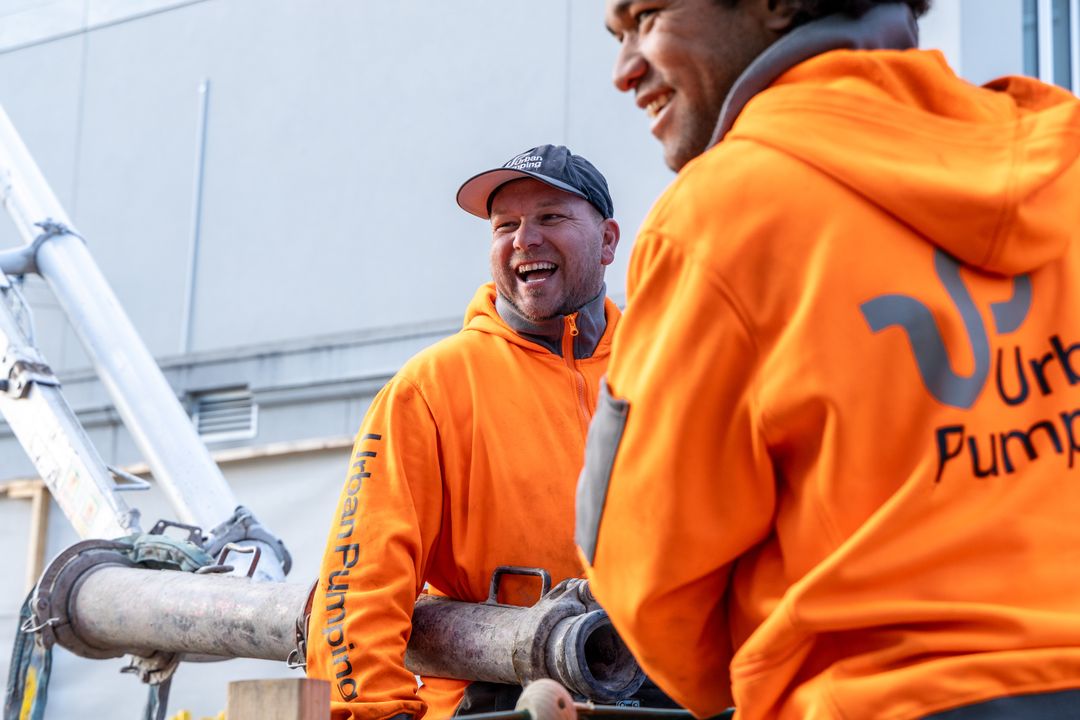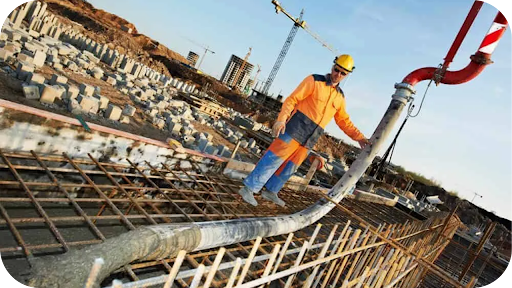
Choosing the wrong concrete pump can blow out your timeline and budget. One wrong call and you’re stuck with delays, messy pours or a pump that simply won’t reach. In Melbourne, where access is limited and job opportunities vary widely, the right gear matters more than ever.
At Urban Pumping, we help builders get it right the first time. This guide breaks down the differences between boom and line pumps, enabling you to pour faster, cleaner, and with confidence. Let’s find the perfect match for your site.
A boom pump is a truck-mounted concrete pump equipped with a long, flexible, robotic arm that delivers concrete precisely where it's needed. This arm, or “boom,” can extend over buildings, around obstacles, or up several storeys, making it ideal for high-rise constructions, bridge work, and large commercial sites.
Boom pumps are controlled remotely, allowing operators to pour concrete in hard-to-reach areas without needing to reposition the truck repeatedly.
The pump draws concrete from a hopper and pushes it through the pipeline attached to the boom. This process ensures a consistent, fast-flowing pour, reducing labour requirements and saving time on site. Because of its reach and volume-handling capacity, a boom pump is the preferred choice for large-scale or complex projects.
At Urban Pumping, our boom pumps are maintained to the highest standards and operated by trained professionals who are familiar with Melbourne's sites. It's the powerhouse of concrete delivery when access and volume matter.
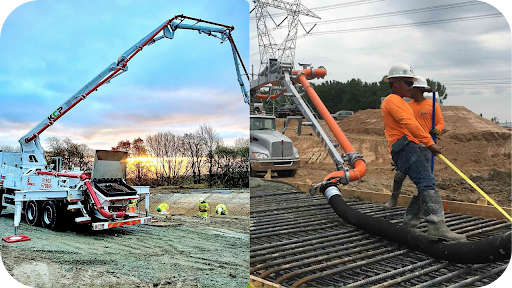
A line pump is a compact and versatile concrete pumping solution ideal for residential and small-to-medium commercial projects. It works by pushing concrete through a series of hoses that can be extended to reach difficult or tight-access areas.
Unlike boom pumps, line pumps do not use a robotic arm; instead, they rely on flexible hoses laid along the ground to deliver concrete where it is needed.
This makes line pumps perfect for applications such as footpaths, driveways, backyard slabs, and areas with limited access. They are mounted on either a trailer or truck and require less setup space, making them a wise choice for Melbourne’s narrow sites and inner-city builds.
Line pumps handle a variety of concrete mixes and offer precise placement with less mess. They’re known for their cost-effectiveness, portability and ability to deliver concrete exactly where it needs to go, even around corners or through tight spaces on complex job sites.
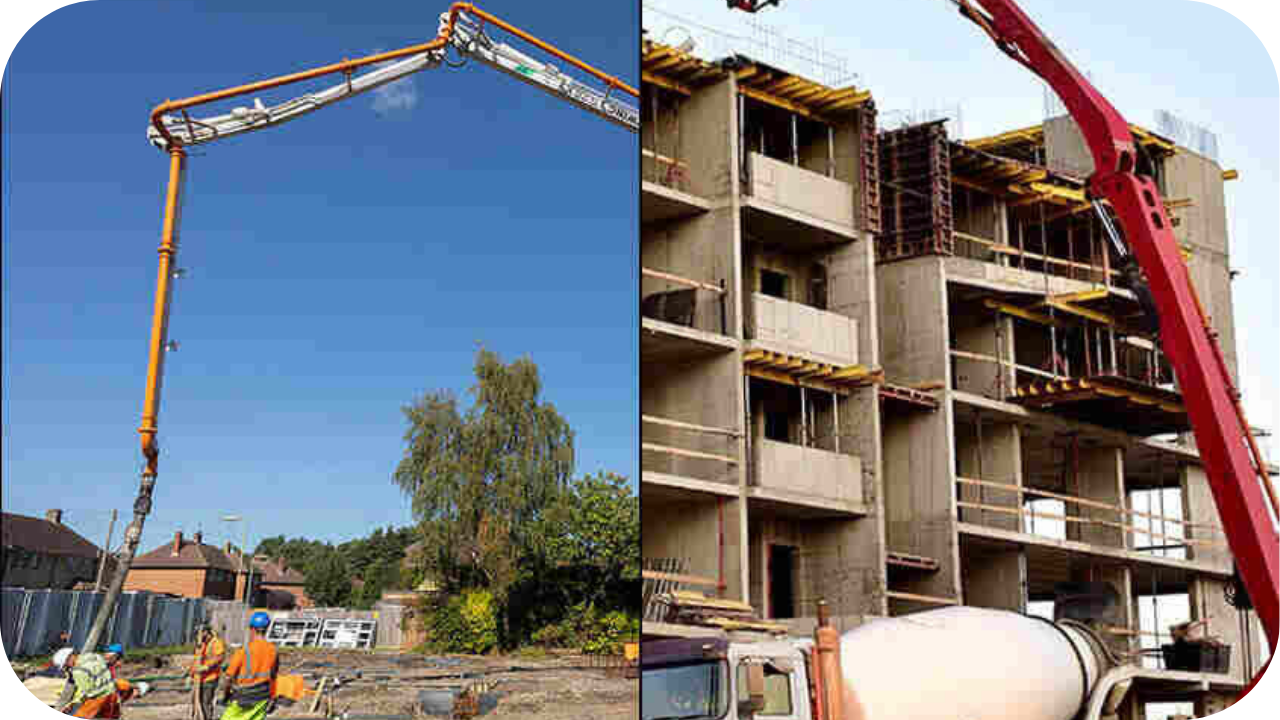
Before booking your pump, clarify the differences that matter. Here's how boom and line pumps compare side by side.
Choosing the right pump starts with understanding your site layout and determining how far the concrete needs to travel. Boom pumps feature a long, extendable arm, making them ideal for high-rise or large slab pours. They can reach over houses or up several storeys.
Line pumps utilise flexible hoses that can navigate through narrow or intricate spaces. For jobs with tight access, sharp corners or confined suburban blocks, line pumps provide better manoeuvrability and flexibility on site.
Not all sites are created equal. The space you have available will often determine which pump is best suited for your project. Boom pumps require significant setup space for their stabilisers and extending arms. This makes them more suitable for open construction zones or large sites.
On the other hand, line pumps need far less room and can be placed in compact areas. For Melbourne builders working in narrow laneways or dense suburbs, line pumps are the go-to option for hassle-free setup.
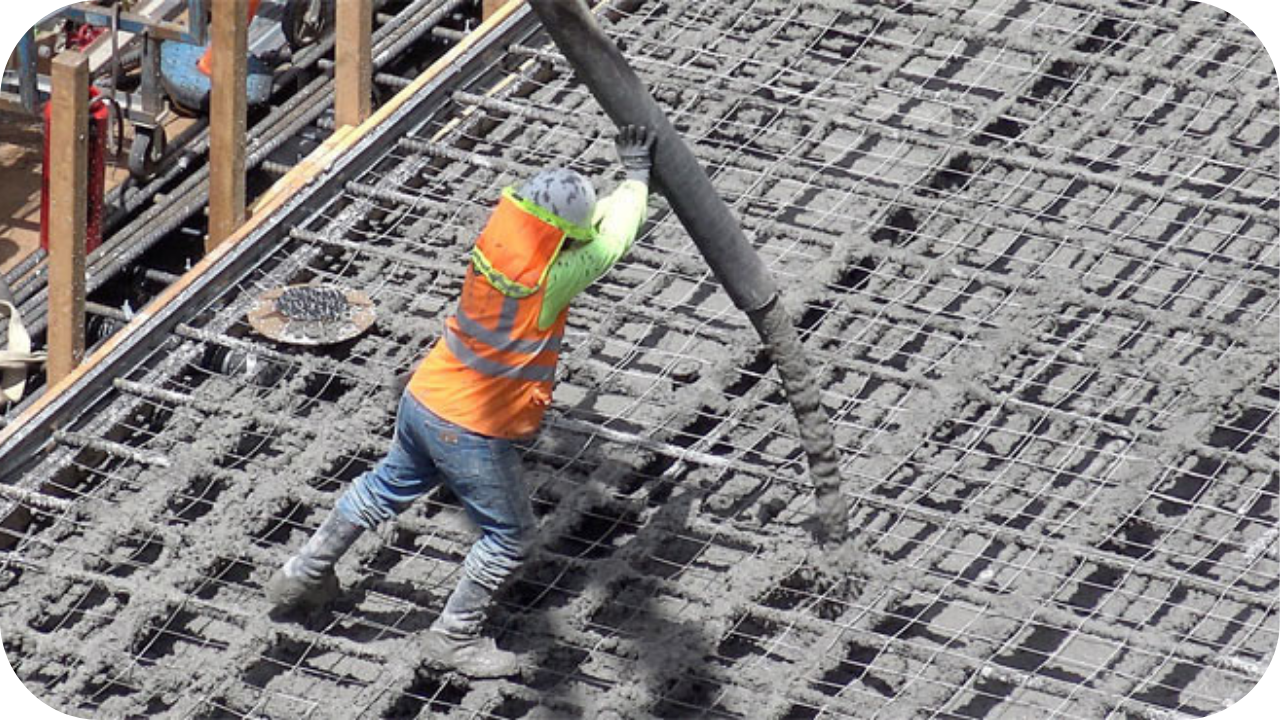
When time is tight and volume is high, knowing which pump delivers faster can make or break your schedule. Boom pumps can pour large volumes of concrete quickly, making them ideal for big commercial jobs or multi-unit developments. Their high-speed delivery helps reduce labour time and keeps the pour moving efficiently.
Line pumps work more slowly but offer precise control. They’re better for smaller pours where accuracy matters more than speed and when over-pouring could lead to a mess or wastage.
Each pump shines in different settings. Matching the pump type to the task ensures smoother pours and cleaner results.
Boom pumps are ideal for major commercial projects, tall buildings, and large pours where vertical reach and volume are needed. They work best where access is open and height is required.
Line pumps are ideal for domestic pours like footpaths, backyard slabs, and pool areas. If your job involves navigating tight corners or requires a neat, steady pour, line pumps are your best bet.
Budget matters. Understanding the price and productivity trade-offs can help you make informed decisions that benefit your bottom line. Boom pumps are more expensive to hire due to their advanced setup and size, but they save time on large jobs with their high speed.
Line pumps are more affordable and require fewer crew members, making them a better option for smaller projects. If your project has a limited scope or restricted access, using a line pump can be both cost-effective and efficient, without compromising the final quality of the pour.

Picking the right concrete pump is more than guesswork. These key factors will help you make the smartest choice for your site.
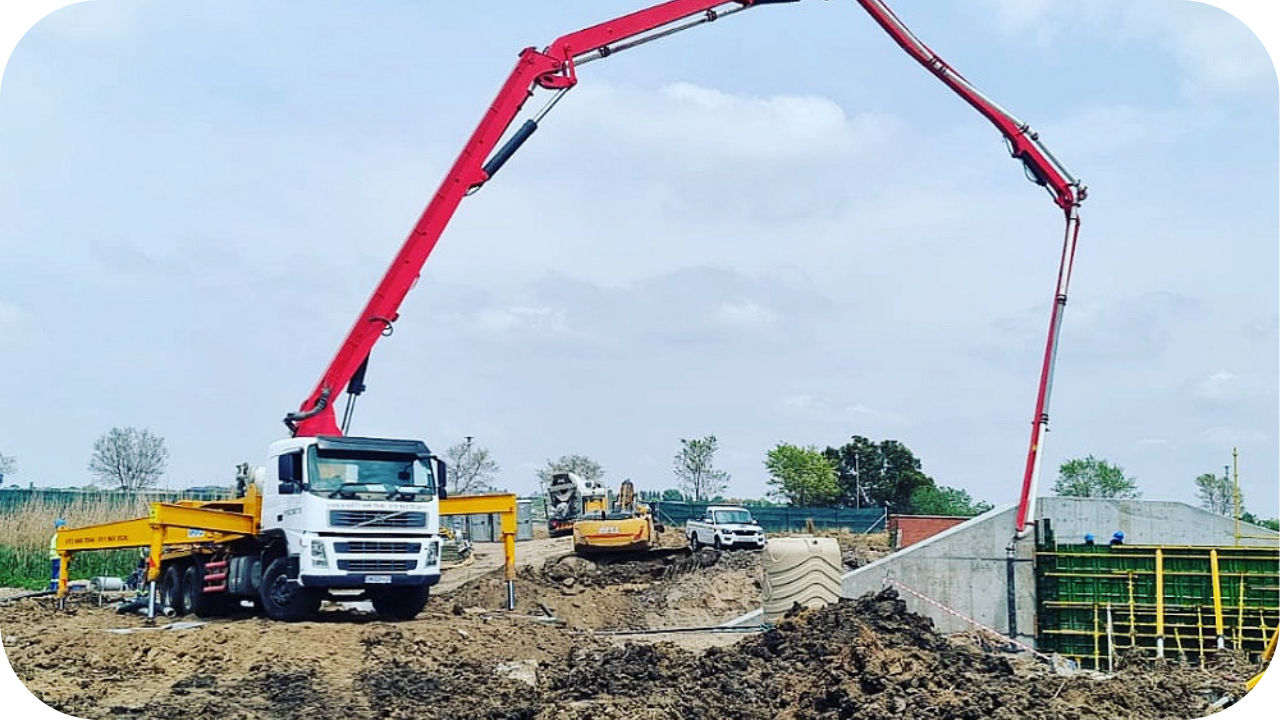
Still unsure which pump to book? These real-world site examples will help you match the right equipment to the right job.
Urban Pumping is Melbourne’s trusted name when it comes to reliable, efficient and professional concrete pumping. Whether you’re pouring a driveway in the suburbs or handling a high-rise project in the city, we have the right pump and the right crew to get the job done.
Our experienced operators are familiar with the local building environment and work closely with your team to ensure each pour proceeds smoothly.
We invest in modern equipment that’s regularly serviced for safety and performance. From line pumps for tight-access jobs to boom pumps for multi-level builds, we offer the flexibility you need across residential, commercial and civil projects.
We show up on time, set up quickly and take pride in helping you stay on schedule and within budget.
When you choose Urban Pumping, you’re getting more than just a machine. You’re getting a partner who understands the importance of accuracy, timing and on-site safety. That’s why Melbourne builders continue to count on us.
Choosing between a boom pump and a line pump comes down to your site, pour size and access needs. Both have their strengths, but only one is right for your specific job.
Don’t leave it to guesswork, Urban Pumping has the gear, the crew, and the local know-how to guide your decision. Reach out today, and we’ll help you select the right pump to keep your project on track.
